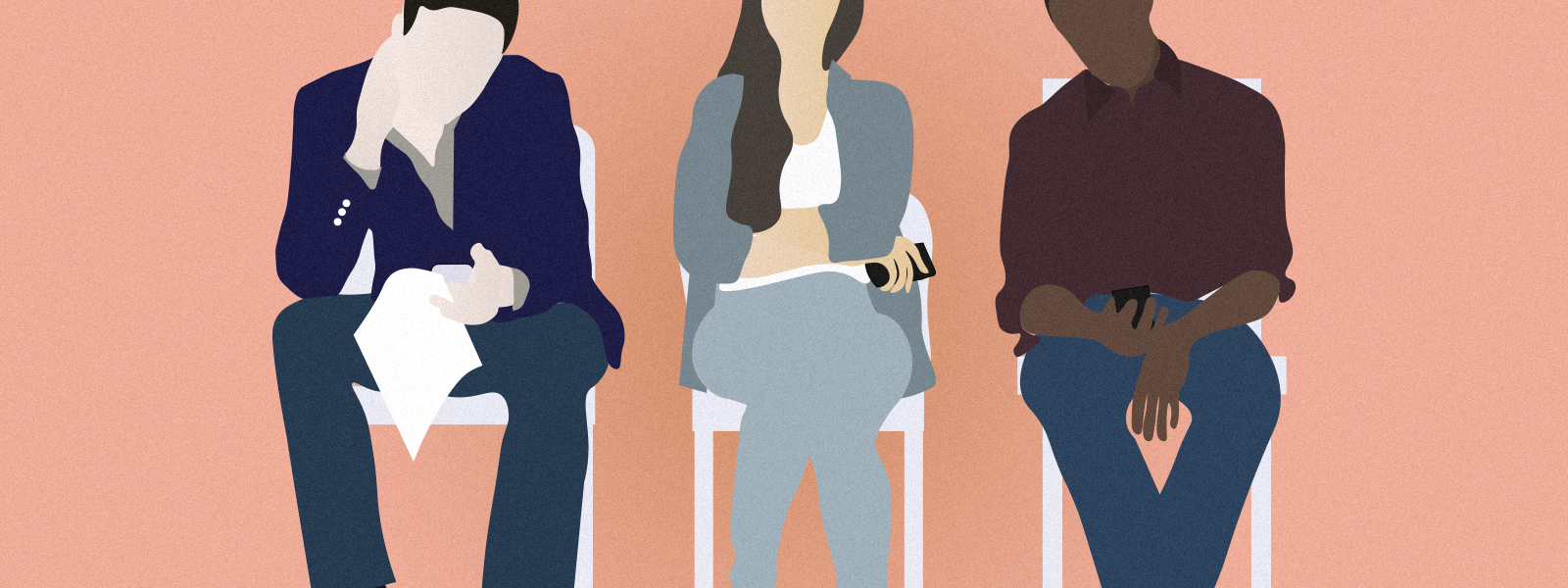Your body language says a lot about you and has a major impact on how others see you. As such you can learn a lot from the body language of others.
Body language accounts for up to 55% of how we communicate. Body language along with verbal cues can indicate a number of different things depending on the context. People with powerful language with open movements that take up more space tend to feel more confident. They are more likely to have less stress, be more dominant, take more risks and be more optimistic. Dominant language creates a powerful appearance. Studies show that even faking high and low poses effected the confidence level of the participants both positively and negatively.
The idea of fake it til you make it may seem false, but in faking it the process will help you become it starting with small changes to your body language. Something everyone can learn.
Here are three common situations in which body language is especially important – a job interview, dating and detecting lies, and ways to read between the lines to help understand what is really going on.
Like it or not we all lie a lot. When conversing with a stranger we are likely to lie once or more in the first 10 minutes. They may be little lies but we still do it. Most of us will participate in deception from time to time to avoid conflict, but we are probably better off telling the truth. Words can be deceptive but the human body has a hard time hiding lies. Using your own body language and being able to read body language of others can be extremely useful when communicating with others.
The Basics of Body Language:
Your primary goal when reading language is to determine their comfort level in their current situation. There is a process of combining verbal cues and body to determine this.
Positive body language:
- Moving or leaning closer to you
- Relaxed, uncrossed limbs
- Long periods of eye contact
- Looking down and away out of shyness
- Genuine Smiles
Negative body language:
- Moving or leaning away from you
- Crossed arms or legs
- Looking away to the side
- Feet pointed away from you, or towards an exit
- Rubbing/scratching their nose, eyes, or the back of their neck
A single cue can be misleading so it’s essential to pay attention to multiple behavioral cues.
LYING:
Being able to judge whether someone is lying through reading their Body Language is a big advantage. Your intuition is never 100% accurate, but with practice you can become more aware of when you’re being lied to. This technique will help with the big lies but it’s very difficult to detect white lies, lies of omission or exaggeration.
Research has shown that liars often exhibit much of the uncomfortable behavior plus some specific additional traits.
Fake Smiles
Research has shown it is almost impossible to fake a genuine smile when lying. This is why many people appear awkward in family photos. The smiles look awkward if they are faking it. Your genuine smile is in the eyes as your smile pushes up your cheeks and creates wrinkles around your eyes. It is difficult to fake this as you need to feel some genuine happy emotion to do it and that is almost impossible if you are lying. So a fake smile is helpful in determining if a lie is in progress.





